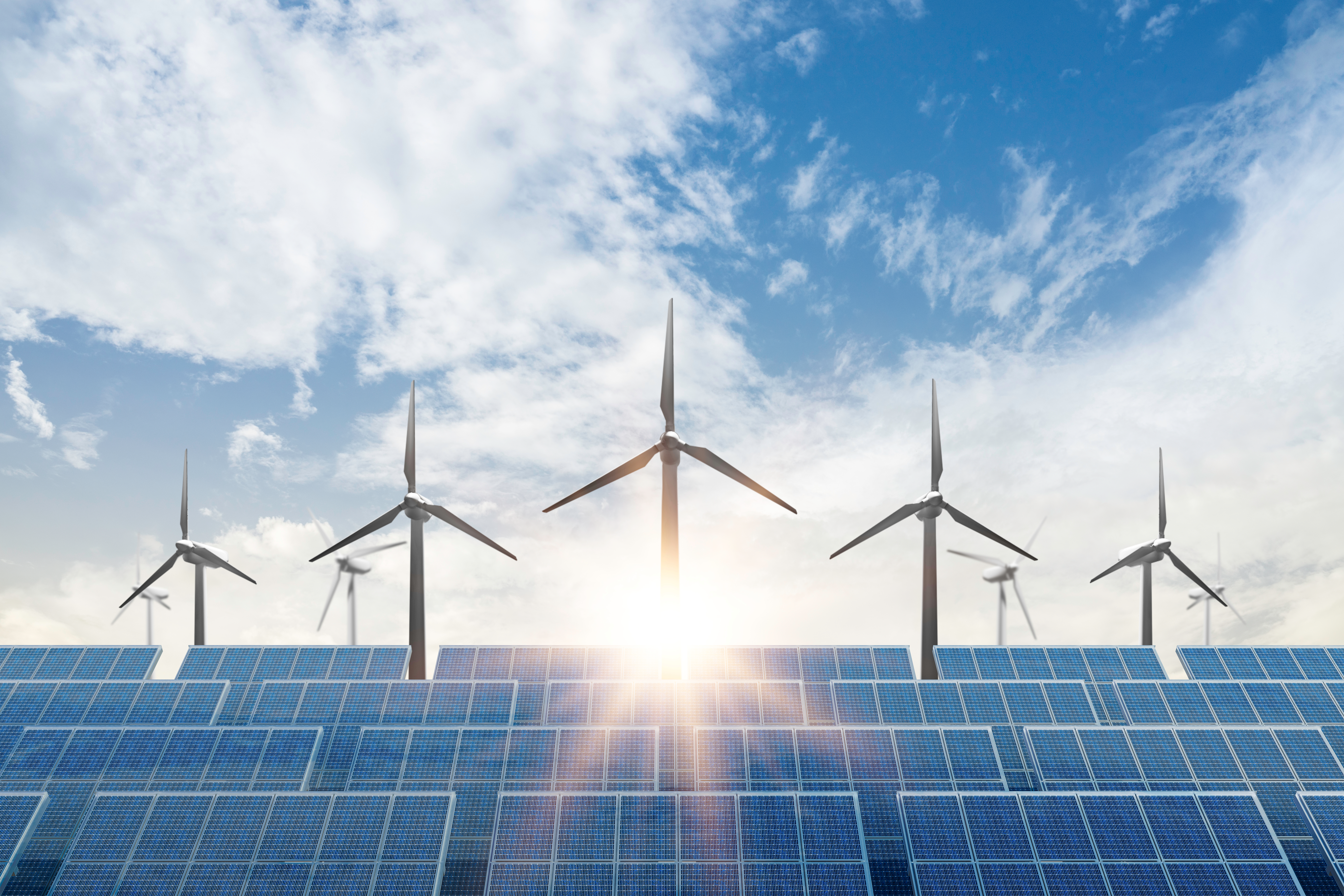QAs the world grapples with the challenges posed by climate change, the importance of transitioning to sustainable and environmentally friendly energy sources has become increasingly evident. Two commonly used terms in the energy sector are “renewable energy” and “green energy.”
While they are often used interchangeably, there are nuanced differences between the two. In this article, we will explore the distinctions between renewable and green energy, shedding light on their unique characteristics and contributions to a greener future.
Renewable Energy
Renewable energy refers to energy sources derived from naturally replenishing resources that are virtually limitless or have the ability to regenerate within a reasonable period. These sources include sunlight, wind, water (hydro), geothermal heat, and biomass. The primary characteristic of renewable energy is its ability to be naturally replenished over time, ensuring a continuous supply without depleting finite resources.
Green Energy
Green energy, on the other hand, goes beyond the concept of renewable energy by emphasizing the environmental impact and sustainability of the energy source. Green energy is derived from renewable resources but places additional emphasis on reducing or eliminating negative environmental impacts associated with energy production, such as greenhouse gas emissions, pollution, and habitat destruction.
Renewable energy paves the way for a sustainable future, while green energy goes the extra mile by ensuring that every step taken leaves behind a cleaner, greener footprint.
While renewable energy sources are inherently less environmentally damaging than fossil fuels, green energy goes a step further in ensuring minimal environmental impact. Green energy technologies and practices prioritize the use of renewable resources in a manner that is sustainable, eco-friendly, and mitigates potential harm to ecosystems and biodiversity.
Renewable energy sources generally produce lower or zero greenhouse gas emissions during operation compared to fossil fuels. However, green energy focuses on minimizing all forms of pollution associated with energy generation, including air pollutants, water contamination, and waste production. Green energy aims to achieve a higher level of environmental stewardship and sustainability.



Energy Production Practices
Renewable energy encompasses a wide range of technologies, including solar panels, wind turbines, hydropower plants, geothermal systems, and biomass facilities. Green energy, however, emphasizes the use of energy technologies and practices that prioritize environmental sustainability, such as efficient and clean energy production, responsible resource management, and the adoption of eco-friendly technologies.
Life Cycle Considerations
Green energy takes into account the entire life cycle of energy production, including the extraction, manufacturing, transportation, installation, operation, and disposal or recycling of energy systems and components. This comprehensive approach ensures that all aspects of the energy production process are conducted in an environmentally responsible manner, minimizing environmental footprints.
Consumer Perception and Transparency
The term “green energy” carries a connotation of sustainability and environmental friendliness, appealing to consumers who prioritize eco-conscious choices. It serves as a distinguishing factor in marketing and consumer perception, signaling a commitment to environmental stewardship. Renewable energy, while inherently sustainable, may not always convey the same level of environmental commitment to the general public.
While renewable energy and green energy share the common goal of transitioning to sustainable and eco-friendly energy sources, green energy sets a higher standard by prioritizing environmental impact and sustainability throughout the energy production process. Green energy encompasses renewable sources while incorporating responsible practices, ensuring minimal environmental harm and promoting a cleaner and more sustainable future. By understanding the differences between these terms, individuals and businesses can make informed choices to support both renewable and green energy initiatives, ultimately driving the global transition to a low-carbon economy.


